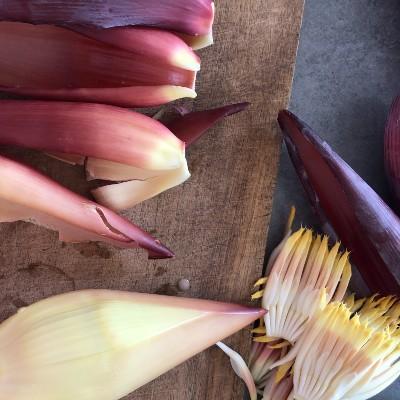
Banana Blossom Salad – Cheap Dinner Idea!
Home grown cheap and easy recipe
Last orders sent out Dec. 16th! You can still place orders, but they won’t be sent out before Jan. 6th. Merry Christmas!
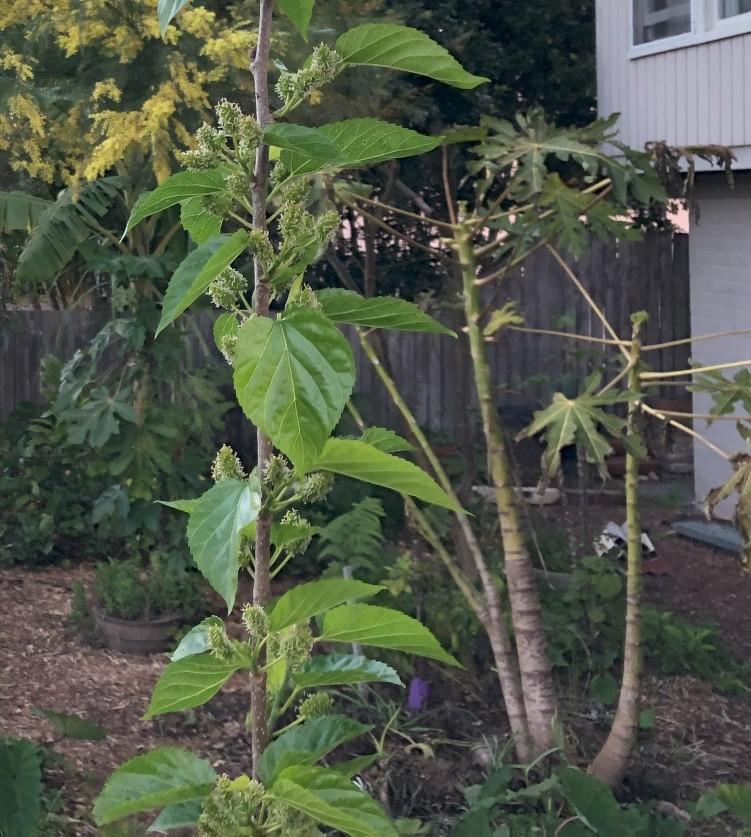
It’s end of August in Tea Gardens and it’s warming up during the day. Many plants are already busy growing. Have a look at the picture above. The mulberry is going for it. Flowering, soon fruiting, all the leaves are out. The papaya in the background is not so sure. Its leaves are battered, most of them down, the tip growth is not trusting to grow yet.
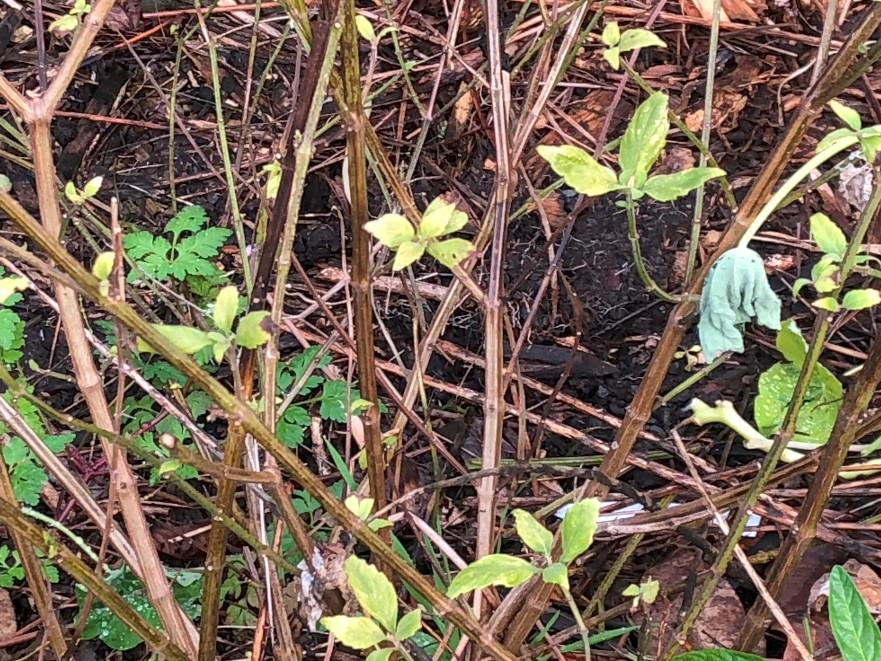
This is Cat’s Whiskers. It looked so vibrant in summer! Look at it now. All leaves are down except for a few yellow ones. It’s never so cold in its tropical homeland.
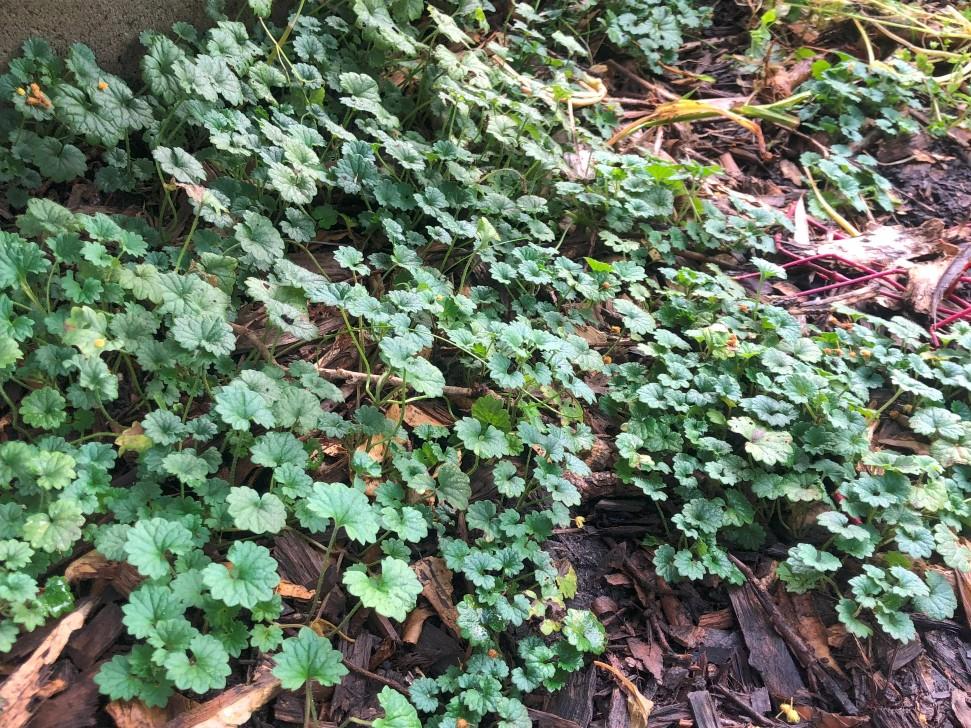
This plant (Glechoma hederacea) grows at full speed now. It has all the new leaves and it will flower soon. A typical cold climate plant.
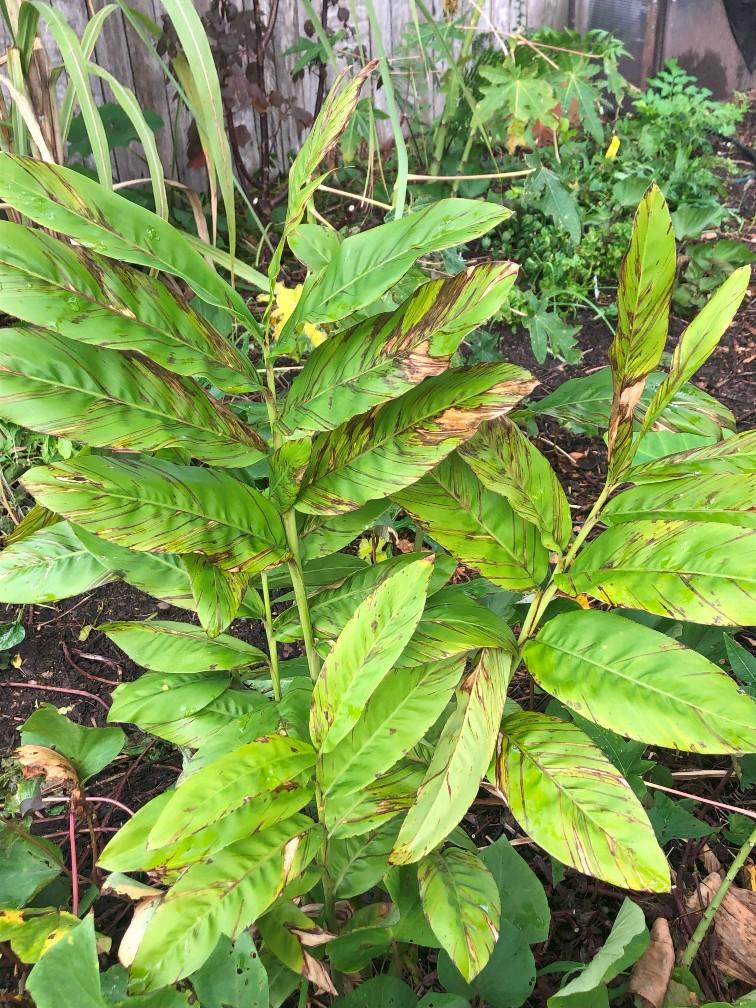
You can see the Greater Galangal on both pictures, above and below. Below, in summer, all leaves are fresh and green. Above you can see Galangal in August – you could be forgiven to think that this is a variegated plant. It pretends to be evergreen, but in this climate it just can’t do it. In its tropical homeland it is green all year round.
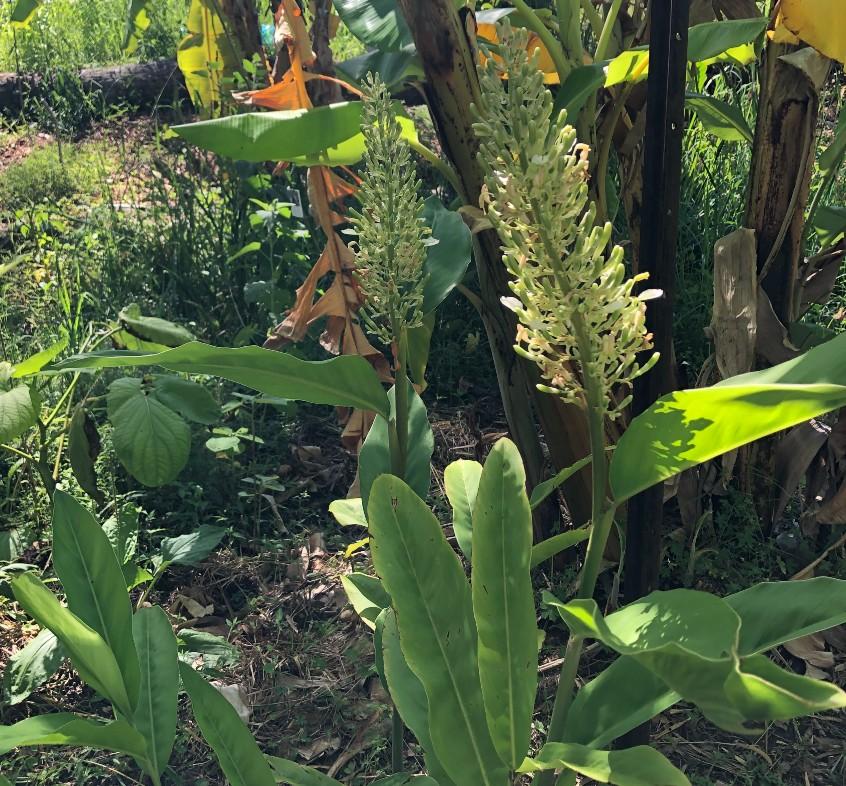
Another example of a typical tropical plant in marginal climate. Ambarella. In its home land, this tree never goes dormant. It just keeps growing, flowering and fruiting all year round. What you see on the picture is a typical enforced dormancy. No nice hard buds formed ready to face winter. Instead, futile resistance till the first cold snap. Then, shriveled leaves and possibly some dieback. You could think we enjoy torturing plants. No, we just try to push it. Could Ambarella grow here in Tea Gardens? We are frost free so why don’t we try? Last year, this one picked up beautifully – in early summer. These tropical plants really take their time to start.
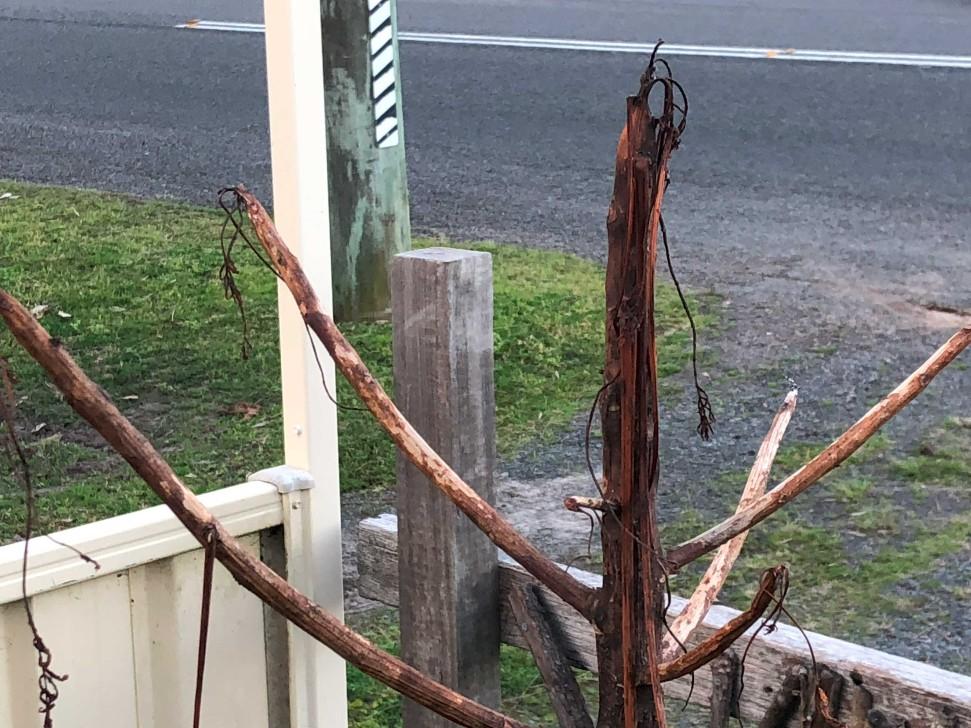
Share:

Home grown cheap and easy recipe
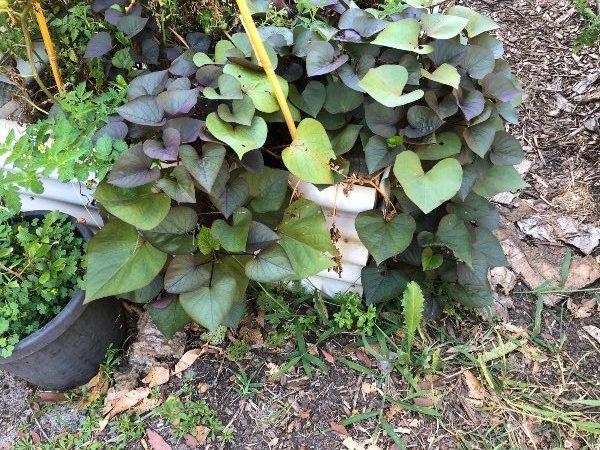
I switched from in-ground to raised beds and this is what I found.
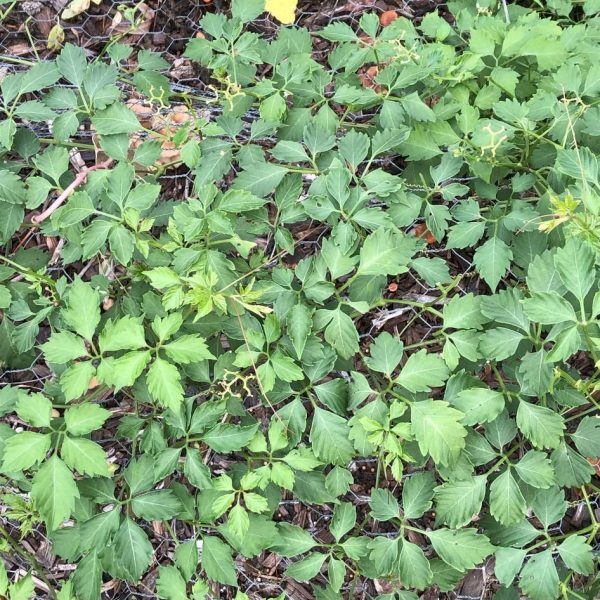
Why to embrace weeds in your edible landscape!
The best way to understand how the water flows on your property is to put on the gumboots and a raincoat and walk on your